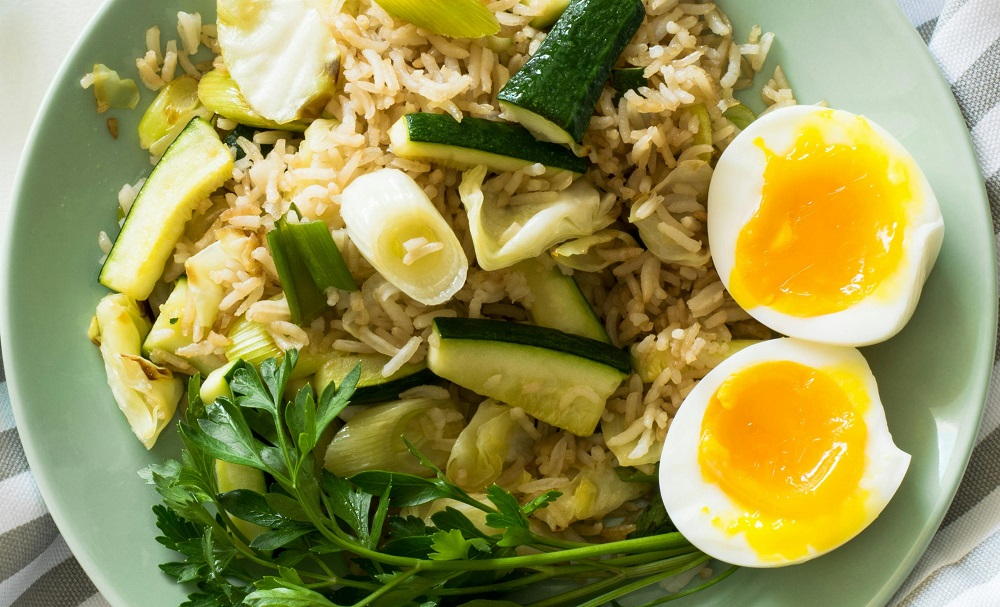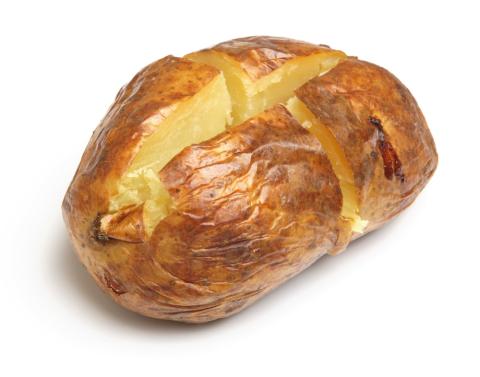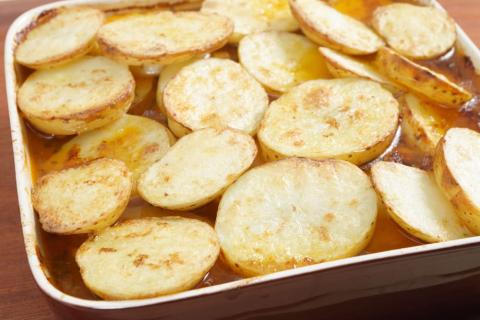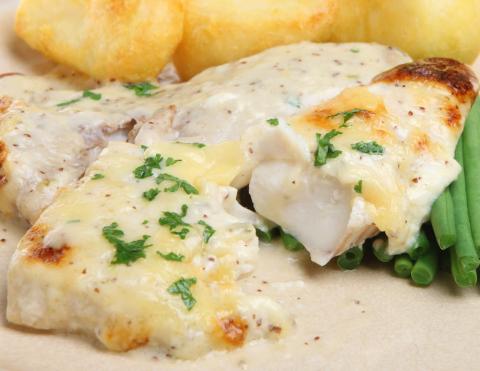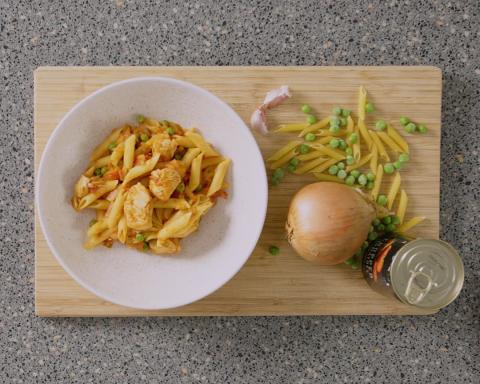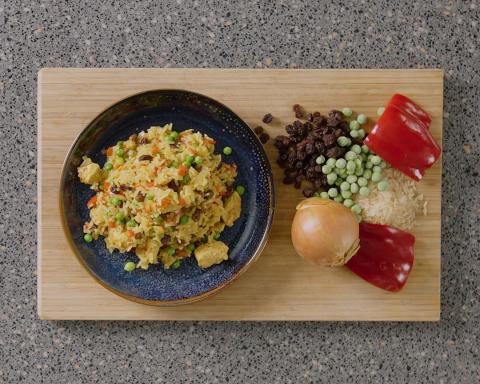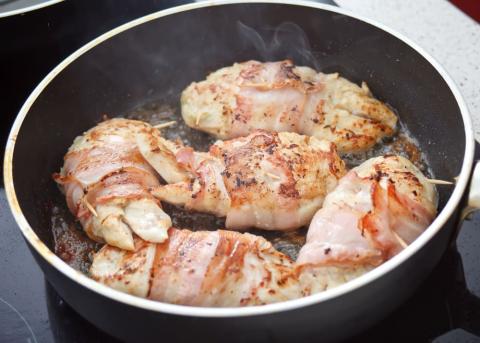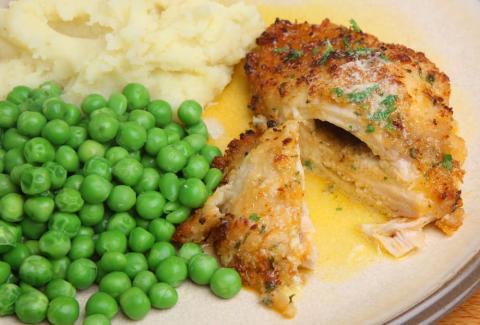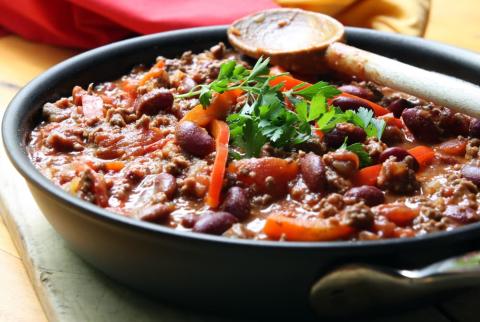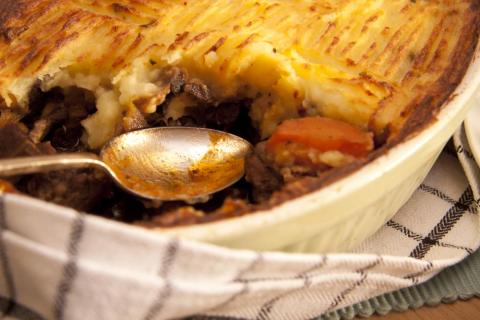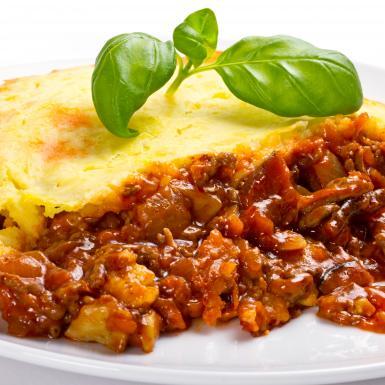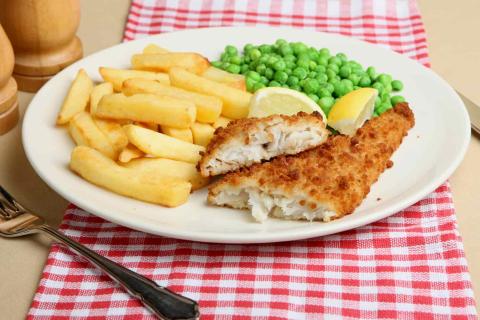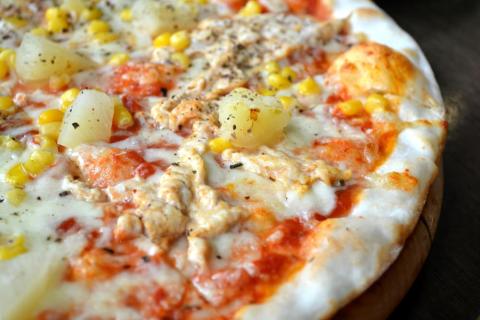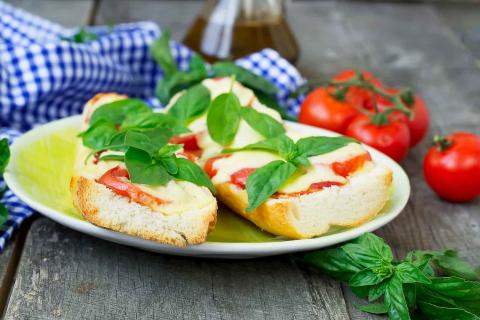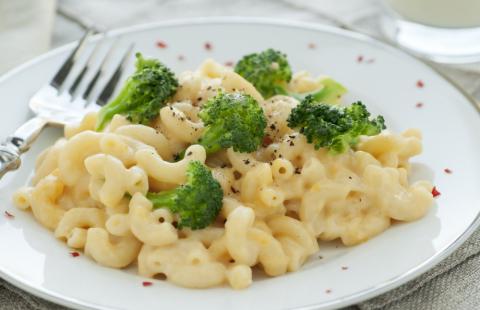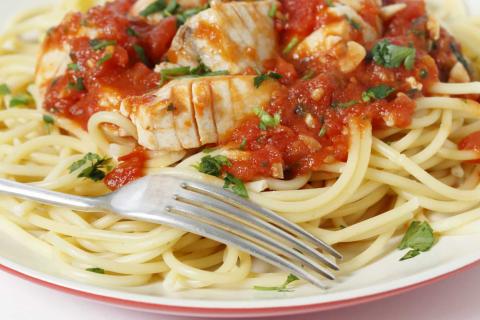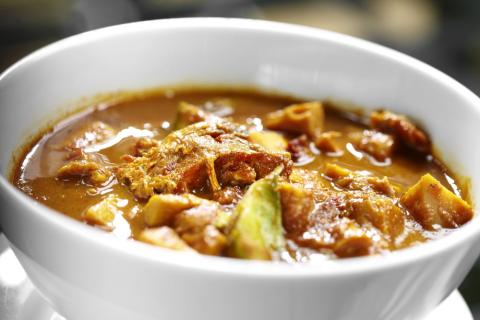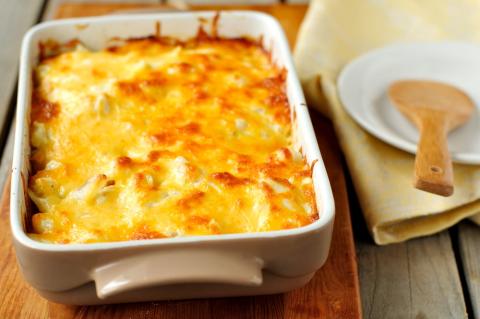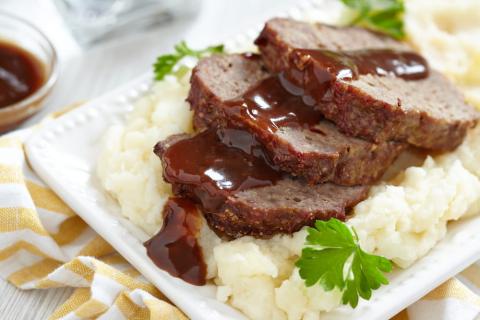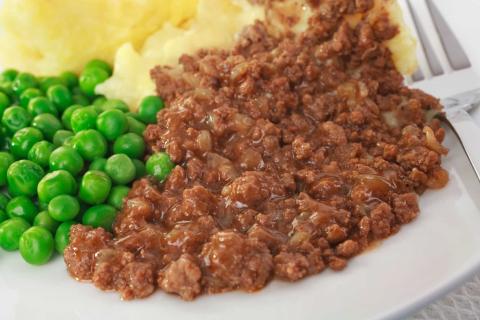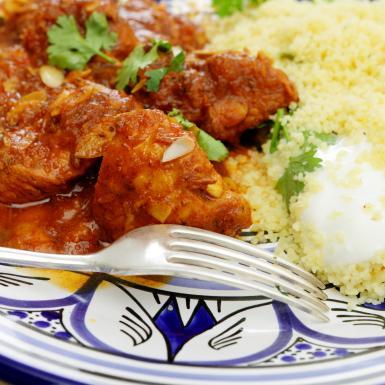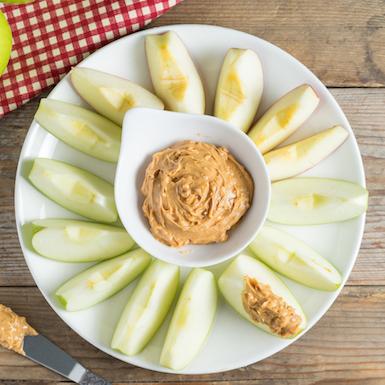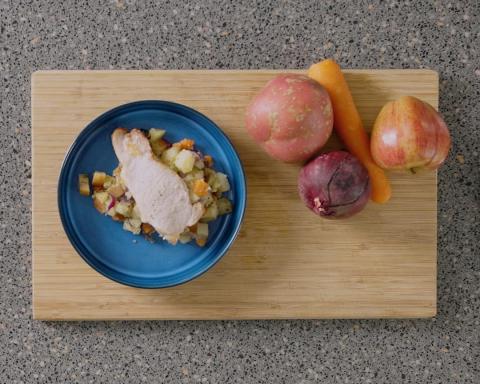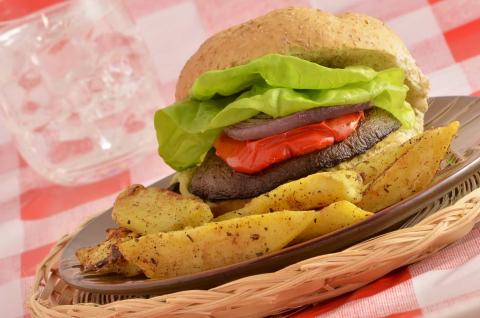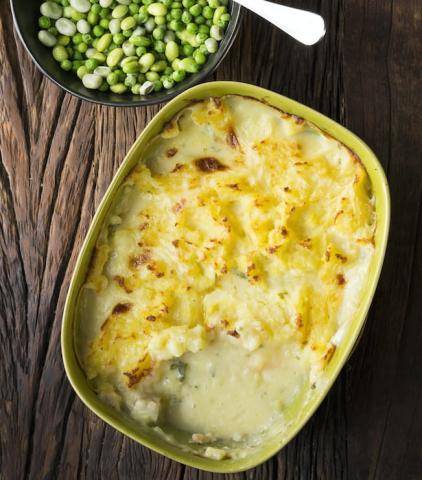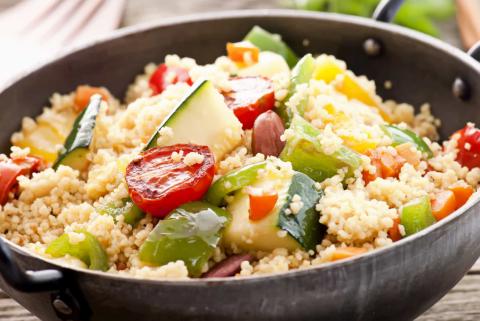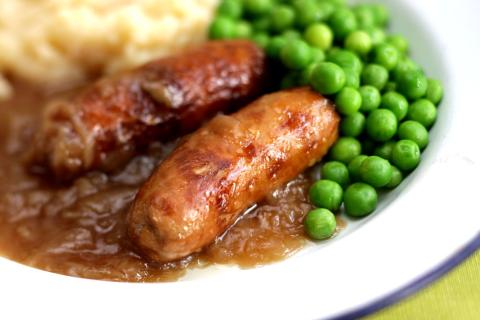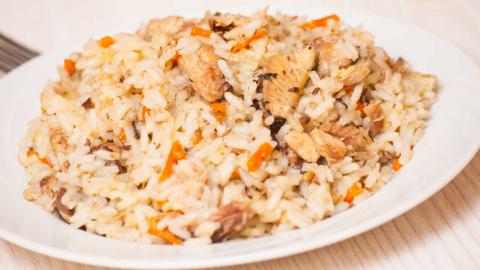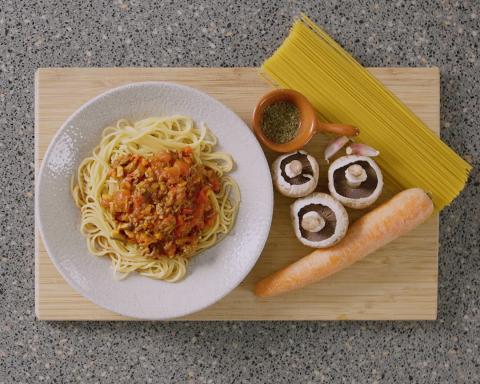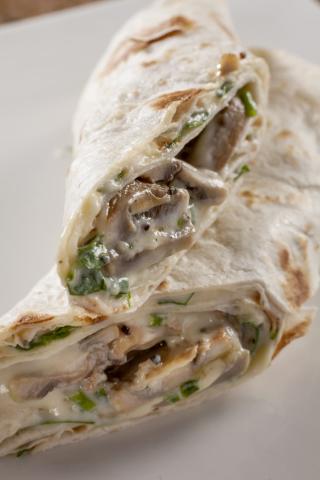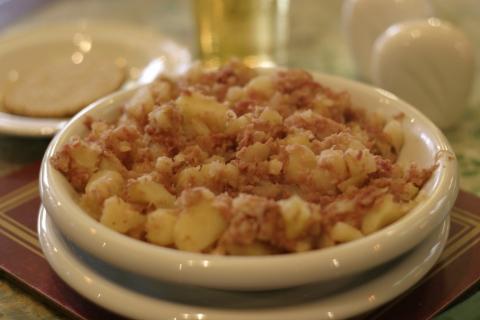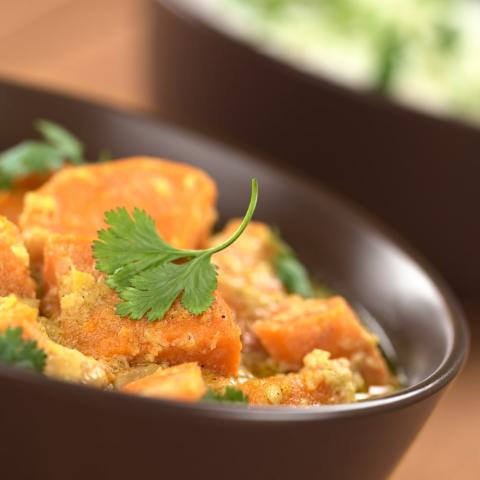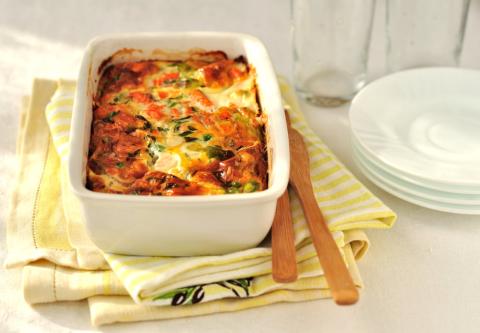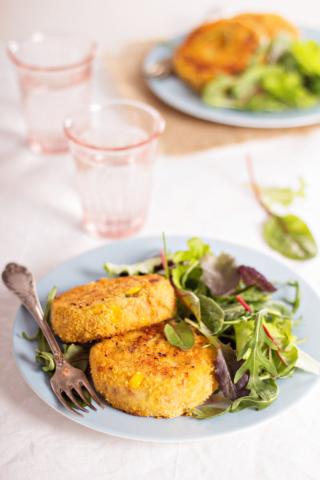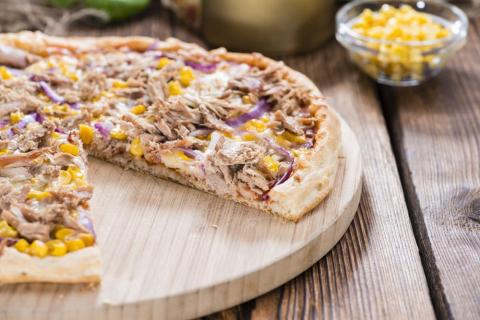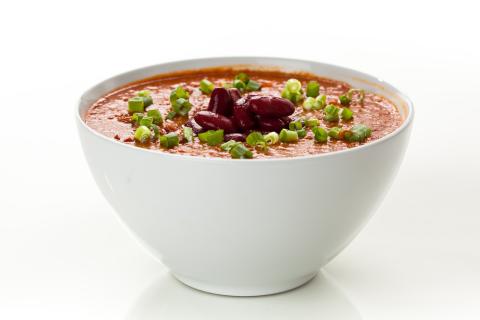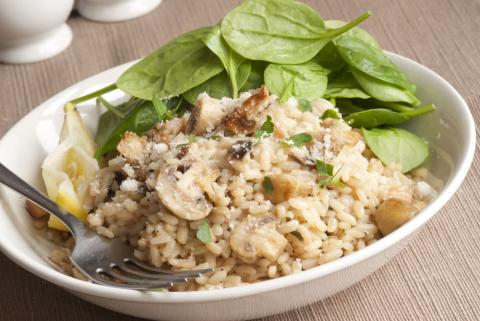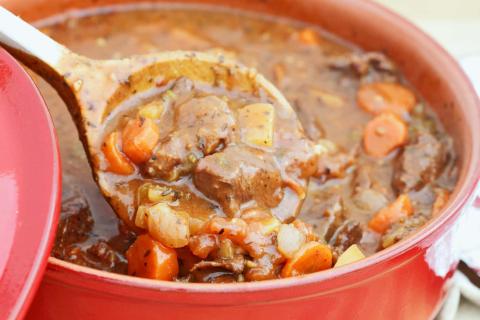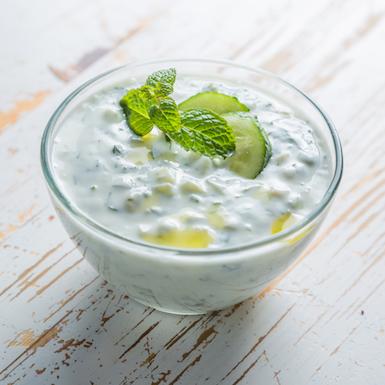- 4 (200g) Eggs
- 4 small or 2 large (400g) Mackerel
- 4 Mugs (225g) Rice
- 2 Tablespoons (20g) Vegetable Oil
- 1 medium sized onion (150g) Onion
- 4 (12g) Garlic Cloves
- 1 Tin (400g) Chopped Tomatoes
- Juice Of 2 Lemons
- 2 handfuls (40g) Fresh Coriander
- 2 Teaspoons (12g) Curry Powder
Ingredients
Allergy Disclaimer
Always check the label of each ingredient for allergy warnings.
Method
- Cook rice as per manufacturer's instructions.
- Meanwhile, using a sharp knife, remove the skin from the mackerel and break it into large pieces.
- Peel the onion and garlic then dice.
- Heat oil in a large frying pan and fry onion and garlic for 5 minutes until they soften.
- Add curry powder to the pan and fry for a further 2 minutes.
- Meanwhile poach the eggs in a large pan of boiling water. Swirl the water with a spoon just before adding each egg to the water. Remove after 4-5 minutes.
- While eggs are poaching stir tomatoes into the frying pan and simmer for 5 minutes then add the lemon juice.
- Roughly chop the coriander.
- Drain the rice, add to the pan with the fish and heat through, stirring continuously. Add the coriander just before serving
- Serve rice and fish mixture with a warm poached egg on top.
Time Saver Tips
Buy skinless mackerel or even try canned mackerel. A great use of leftover rice but remember rice should be cooled within 2 hours and only reheated once.
Cost Saver Tips
Canned mackerel is cheaper or try with other frozen or fresh fish. Just add raw fish to the frying pan for a couple of minutes before the rice to ensure it is cooked.
Tips for Kids
They will enjoy a trip to your local fishmonger.
Nutritional Information
Based on a single serving of 430g (% of an adult's reference intake)
Energy
684 kcals ( 34 %)
2,872 kJ ( 34 %)
Fat
8.2 g ( 41 %)
Saturates
52 g ( %)
Sugar
4.7 g ( 5 %)
Salt
2.2 g ( 36 %)
Detailed nutritional information
| Per 100g | Per 430g serving | |
|---|---|---|
| Energy Kcals | 159 | 684 |
| Energy Kj | 668 | 2,872 |
| Protein | 6.8 g | 29.2 g |
| Total Fat | g | g |
| Saturated Fat | 1.9 g | 8.2 g |
| Carbohydrates | 12.1 g | 52 g |
| Total Sugars | 1.1 g | 4.7 g |
| NSP Fibre | 0.5 g | 2.2 g |
| Sodium | 191 mg | 821 mg |
| Salt | 0.5 g | 2.2 g |
Find out about nutritional labelling
Nutrition labels on the front of packaging
- Most of the big supermarkets and many food manufacturers display nutritional information on the front of pre-packed food.
- Front of pack nutrition labels provide information on the number of grams of fat, saturated fat, sugars and salt and the amount of energy (in kJ and kcal) in a serving or portion of a recipe.
- The labels also include information about reference intakes (expressed as a percentage) which are guidelines about the approximate amount of particular nutrients and energy required for a healthy diet.
- The colour coding tells you at a glance if the food has high (red), medium (amber) or low (green) amounts of fat, saturated fat, sugars and salt.
- The more greens on the label, the healthier the choice
- Amber means neither high nor low, so you can eat foods with all or mostly ambers on the label most of the time.
- Reds on the label means the food is high in that nutrient and these are the foods we should cut down on. Try to eat these foods less often and in small amounts.
Food shopping tips
If you’re trying to decide which product to choose, check to see if there's a nutrition label on the front of the pack. This will help you to quickly assess how your choices stack up. You will often find a mixture of red, amber and green colour coding for the nutrients. So when you're choosing between similar products, try to go for more greens and ambers and fewer reds if you want to make a healthier choice.
 Activities & Play
Activities & Play Behaviour
Behaviour Childcare
Childcare Development & Growing Up
Development & Growing Up Family, Friends & Relationships
Family, Friends & Relationships Feeding Your Baby
Feeding Your Baby Food & Eating
Food & Eating Health & Safety
Health & Safety Mental Health & Wellbeing
Mental Health & Wellbeing Money & Work
Money & Work Online Behaviour & Safety
Online Behaviour & Safety Pregnancy & First Days
Pregnancy & First Days School & Education
School & Education Sleep
Sleep

